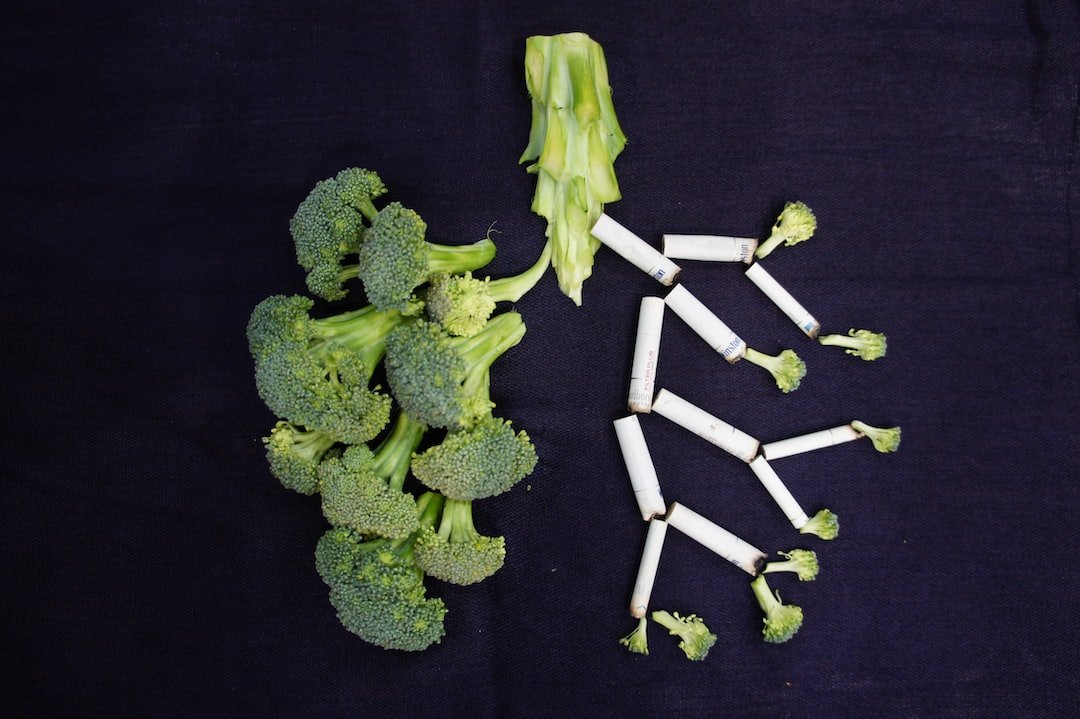Home Organ Transplantation Surgery Organ Transplantation Complications Organ Transplantation Success Rate Organ Transplantation Rejection
Bioscience Breakthrough: Bioengineered Lungs Paving the Way for Transplantation Revolution
Category : Bioengineered organs | Sub Category : Bioengineered lung Posted on 2023-07-07 21:24:53

Bioscience Breakthrough: Bioengineered Lungs Paving the Way for Transplantation Revolution
Introduction:
Recent advances in bioengineering have offered hope to millions of patients waiting for life-saving organ transplants. The development of bio engineered lungs is a revolutionary solution for people with chronic respiratory conditions. In this article, we will look at the amazing progress made in creating bio-engineered lungs.
The need for bio engineered lungs.
The demand for lung transplantation is much higher for people with chronic respiratory disorders than the supply of healthy donor lungs. Organ rejection, a lack of compatible donors, and the limited availability of suitable lungs are some of the challenges traditional transplant methods face. This is where bio engineered lungs can make a difference.
Creating bio-engineered lungs.
The process of bioengineering lungs involves a complex process that combines state-of-the-art tissue engineering techniques with regeneration medicine. The foundation for creating a scaffold is created by obtaining lung cells from a patient or donor. The scaffold supports the growth of lung tissue. The scaffold is gradually populated with cells, resulting in the creation of a fully functional, bio-engineered lung.
Recent improvements and progress.
The concept of bio engineered lungs has transitioned from theory to reality in recent years. The use of bio engineered lungs in animal models has been demonstrated by scientists, and they are now working on human trials. The Wyss Institute at Harvard University and the Columbia University have reported significant breakthrough in the development of functional bio engineered lungs that can exchange oxygen and carbon dioxide efficiently.
There are benefits and potential impact.
The impact of bio engineered lungs is huge. The risk of organ rejection can be reduced by using a patient's own cells. The chances of a successful transplant are greatly improved by the ability to create custom-made lungs that match the patient's specific anatomy.
The creation of bio engineered lungs has the potential to alleviate the current donor organ shortage crisis. Patients with respiratory ailments will no longer have to endure lengthy waiting periods or face the consequences of not receiving a transplant in time if a renewable source of organs is provided.
There are challenges and the road ahead.
There are several challenges that lie ahead despite the promise of bio engineered lungs. The key obstacles to scaling up the process for mass production are fine-tuning the process to ensure optimal function, long-term viability, and scaling it up for mass production. Before bio engineered lungs can be widely available, rigorous regulatory approval processes are needed.
Conclusion
The development of bio engineered lungs is a breakthrough that brings hope to many people living with respiratory diseases. bio-engineered lungs have the potential to change the field of transplantation, as well as improve the quality of life for millions of patients worldwide, by tackling the shortage of donor organs. The future of bio engineered lungs appears brighter than ever before, thanks to ongoing advancements and collaborations between scientists, clinicians, and engineers.
Leave a Comment:
SEARCH
Recent News
- Zurich, Switzerland has long been known for its exceptional quality of life, beautiful surroundings, and high standard of healthcare. In contrast, the Russian healthcare system has faced various challenges and struggles over the years. Let's delve into the differences between the healthcare systems in Zurich, Switzerland, and Russia.
- Navigating Medical Device Regulations in Zurich, Switzerland
- In the bustling city of Zurich, Switzerland, finding healthy fast food options can be a challenge. However, with a little exploration and curiosity, you can discover some fantastic spots that offer nutritious and delicious meals on the go.
- YouTube Content Creation: Exploring the Russian Healthcare System
- In today's digital age, YouTube has become a powerful platform for content creators to share their knowledge and expertise with a global audience. One particular niche that has been gaining traction on YouTube is the creation and translation of content related to medical devices regulation.
- Are you looking for tips on creating YouTube content about healthy fast food options and the importance of translation in reaching a wider audience? Let's dive into how you can combine these two aspects to create engaging and informative videos for your channel.
- Exploring the Russian Healthcare System: Insights from a YouTube Channel
- Navigating the Regulatory Landscape for Medical Devices on YouTube
READ MORE
5 months ago Category : organb

Zurich, Switzerland has long been known for its exceptional quality of life, beautiful surroundings, and high standard of healthcare. In contrast, the Russian healthcare system has faced various challenges and struggles over the years. Let's delve into the differences between the healthcare systems in Zurich, Switzerland, and Russia.
Read More →5 months ago Category : organb

Navigating Medical Device Regulations in Zurich, Switzerland
Read More →5 months ago Category : organb

In the bustling city of Zurich, Switzerland, finding healthy fast food options can be a challenge. However, with a little exploration and curiosity, you can discover some fantastic spots that offer nutritious and delicious meals on the go.
Read More →5 months ago Category : organb
